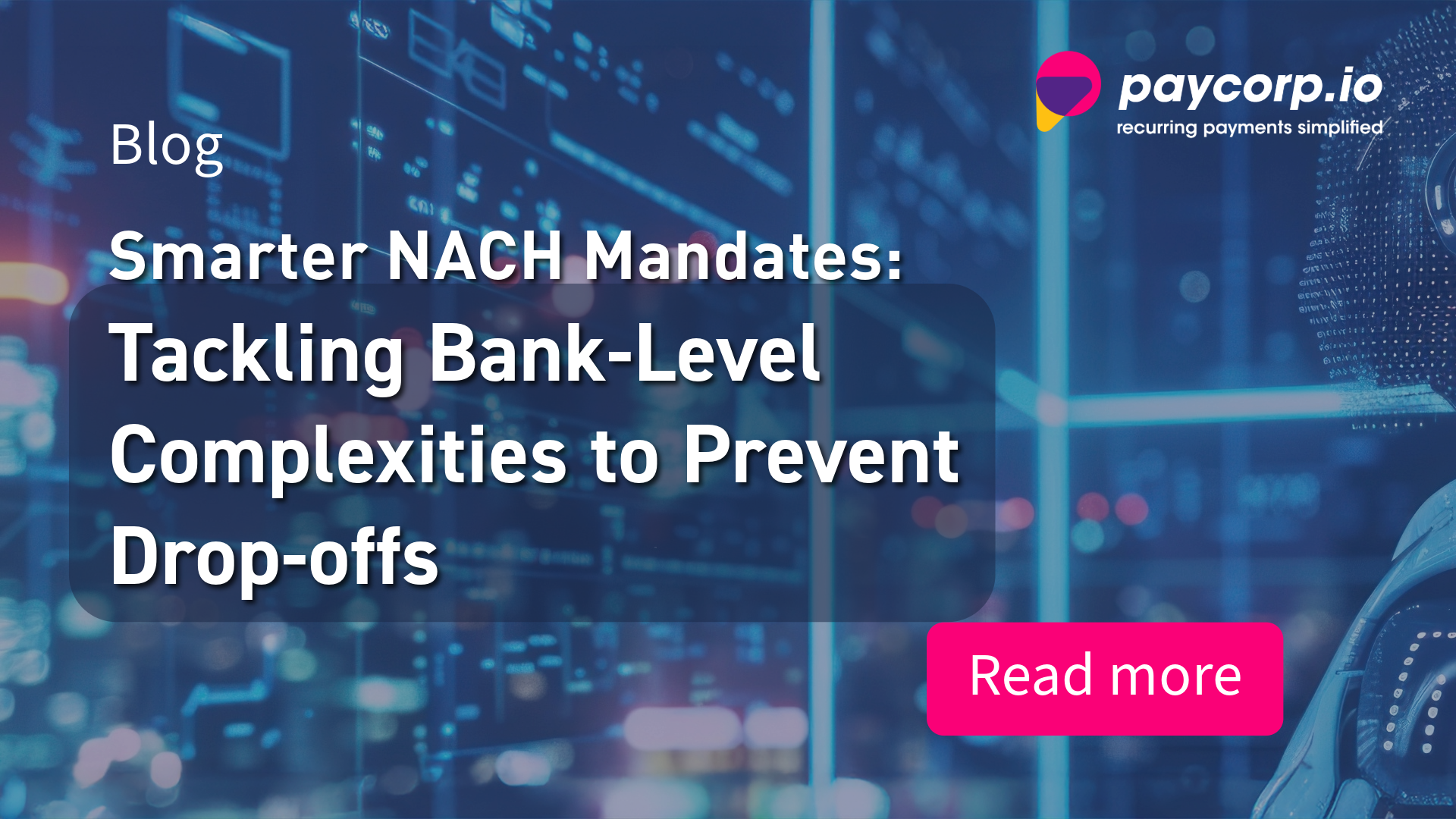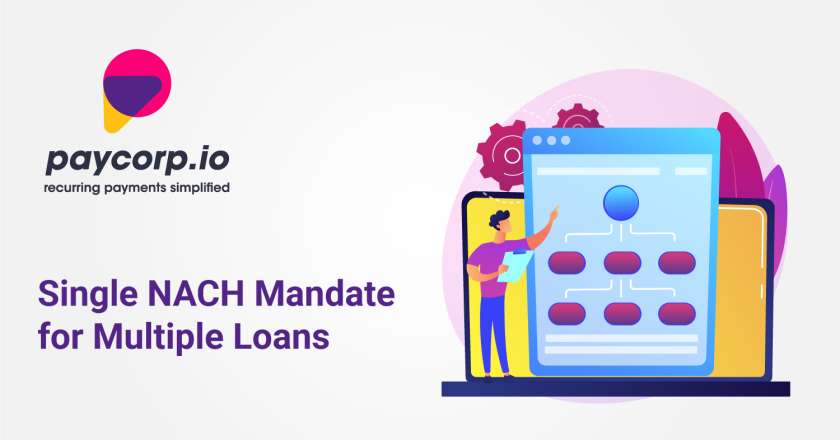Recurring payments are a backbone for many businesses today—from loan EMIs to insurance premiums to subscription services. But here’s something most payment workflows still struggle with: getting customers to complete their NACH mandate registration successfully.
A surprising number of mandates fail mid-way. Why? Because not every bank follows the same rulebook. What seems like a simple authentication step to us is, in reality, a complex web of bank-specific preferences. And this complexity is silently impacting your conversion rates.
Let’s unpack this challenge—and explore how technology can help you overcome it.
The Problem: One Flow Doesn’t Fit All
When customers initiate a NACH mandate registration, they expect it to be straightforward. But as soon as the authentication step kicks in, things get tricky.
Each bank has a different authentication preference:
- Some rely on Aadhaar-based OTPs
- Others demand net banking login
- And a few only accept debit card verification
Now imagine a scenario where your system initiates a mandate registration using Aadhaar OTP—but the customer’s bank doesn’t support it. They get stuck, confused, or worse—drop off entirely.
This is not a user error. It’s a system flaw—one that doesn’t account for the dynamic and fragmented nature of bank-level rules.
What This Means for Businesses
For a business relying on recurring payments, every failed mandate is a missed opportunity. It means:
- Unsuccessful collections
- Delays in onboarding
- More customer support queries
- Increased operational overheads
In short, what could have been a smooth digital experience turns into a friction-filled journey that pushes customers away.
And the more diverse your customer base (in terms of banks used), the bigger this problem becomes.
The Solution: Let Tech Adapt, Not Customers
Instead of asking customers to adjust to a one-size-fits-all mandate flow, what if your system could automatically adjust to them?
We’ve built an AI-driven solution that does just that.
Here’s how it works:
- Identifies the customer’s bank
- Detects the preferred authentication mode used by that bank
- Automatically initiates the mandate using the correct method—whether it’s Aadhaar OTP, net banking, or debit card
This means the customer is always routed through the most compatible flow—without delays or confusion.
Why This Matters
This intelligent routing approach brings tangible benefits to businesses:
✅ Higher success rates: Because customers are taken through the correct flow, drop-offs decrease significantly.
✅ Faster approvals: No manual intervention or back-and-forth with failed mandates.
✅ Improved user experience: A seamless mandate journey builds customer trust and ensures more completed registrations.
✅ Less support load: Your teams spend less time resolving mandate-related queries.
In essence, this is about turning what was once a conversion bottleneck into a competitive advantage.
Final Thoughts: From Bottlenecks to Breakthroughs
The mandate registration process doesn’t need to be complex. But it does need to be smart.
Businesses that recognize the hidden roadblocks—like inconsistent bank rules—and invest in adaptive, intelligent systems are the ones who’ll lead in customer satisfaction and operational efficiency.
Don’t let technical inconsistencies ruin a solid customer journey. Let the system do the work. Simplify mandates. Accelerate conversions. Grow better.




